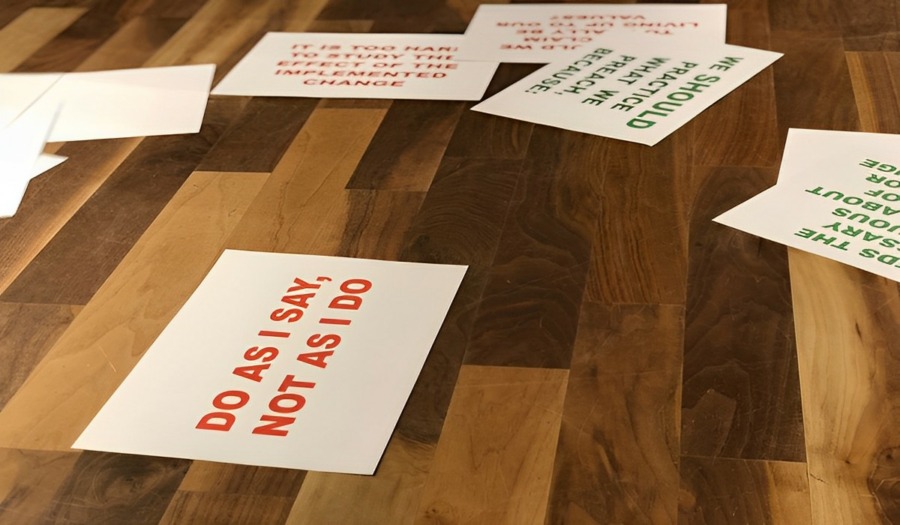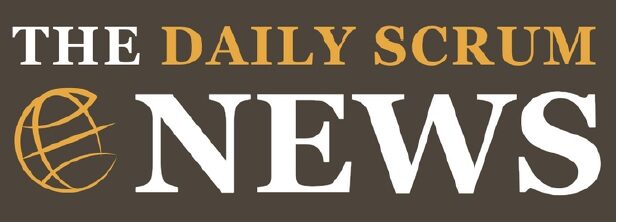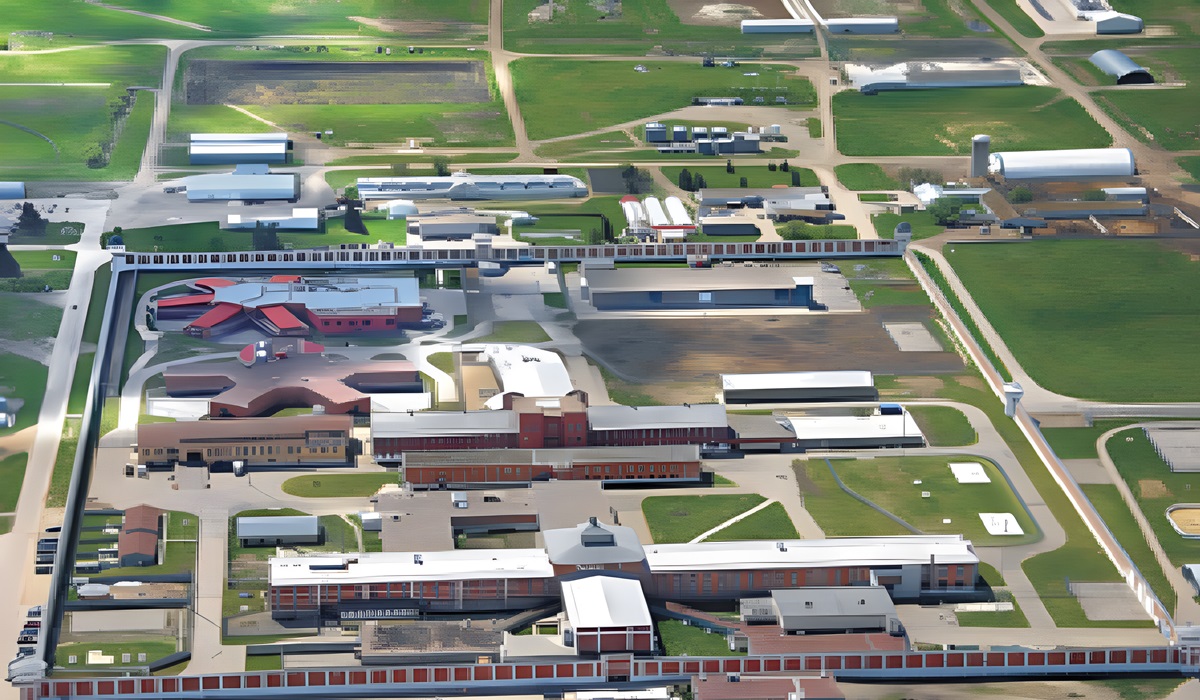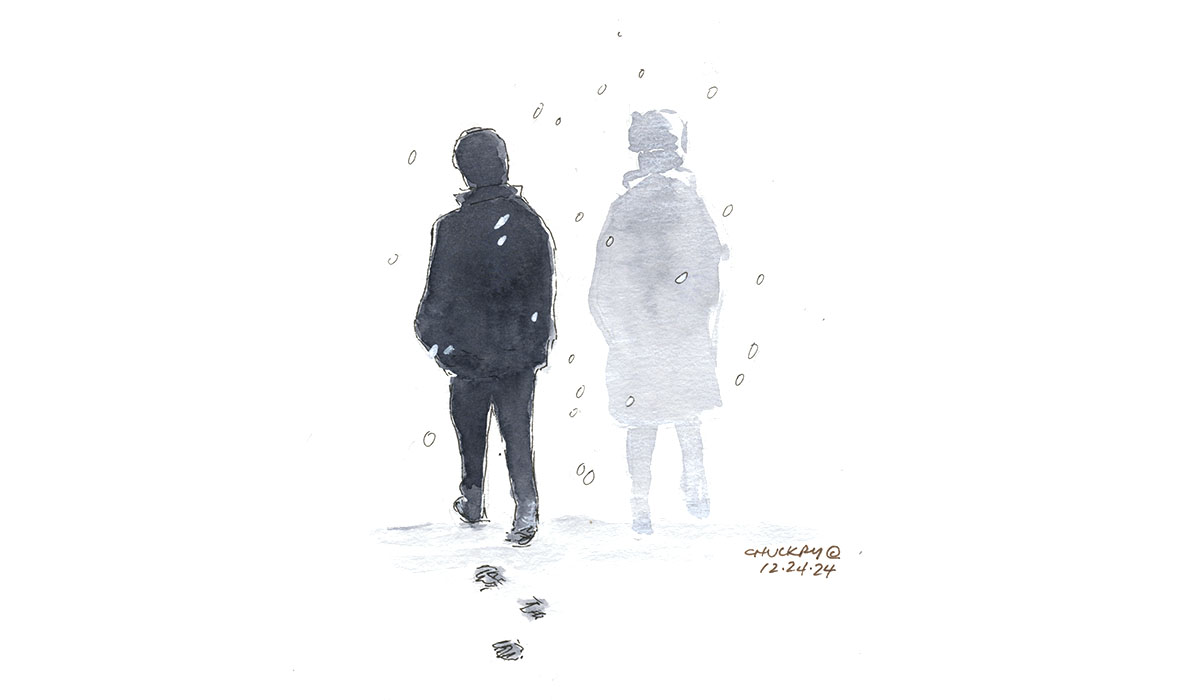“What If Eco Chambers of Disinformation Practiced What They Preached?”
- Naomi Dela Cruz
- D.O.C Supplements - Trending News
- September 7, 2023

We are witnessing an era where disinformation has become an unfortunate byproduct of our digital age. We often find ourselves confronted with contradictory narratives and polarized viewpoints. One aspect of this phenomenon revolves around political misinformation, where individuals, pundits and politicians, primarily from the right, often spread unverified claims and conspiracy theories. This is by no means given left-leaning politicians and pundits a pass for embellishing the truth on certain matters. But what if those who perpetuate such narratives practiced what they preached?
One contentious event that exemplifies this scenario is the January 6th assault on the US Capitol Building. Many elected officials and right-leaning voices have downplayed the events of that day, depicting it as a peaceful demonstration rather than a terrorist attack on the nation’s capital. Let’s imagine for a moment what it would be like if they truly believed in the peaceful nature of that gathering.
Picture a scene where these politicians, who have influential voices and considerable resources, invited all those who attended the January 6th demonstration to their homes, mansions, or places of work. They would welcome them with open arms, suggesting they reenact the events of that day in their personal spaces. They’d invite them to break their windows, erect barricades, and engage in activities they deemed peaceful, akin to a regular vacation. Of course, this goes without saying that there would be no acts of violence like the tragic consequences of that day—officers who lost their lives, property destroyed, documents stolen, and the terrifying chants that resonated through the halls of the Capitol.
Similarly, consider the situation in Canada, where illegal trucker convoys disrupted the capital city of Ottawa and other provinces, causing massive disruptions and delays, not to mention substantial economic losses. What if those who propagated misinformation about these convoys invited the truckers to park their vehicles in their neighborhoods, encouraging them to honk their horns 24/7, disrupt communities, and cause chaos in their own backyards? Would they stand by their convictions and argue that this is the epitome of a peaceful protest?
Moreover, we’ve seen a concerning level of COVID-19 misinformation, with claims that the virus isn’t actual or that vaccines contain government-installed microchips. If those who spread such disinformation genuinely believed their narratives, they might open their doors to every COVID-19-positive individual, declaring that the virus doesn’t exist. They’d host massive gatherings with no vaccine requirements, confident in their convictions.
However, this thought experiment highlights a fundamental truth: those who spread such misinformation often do not truly believe in the narratives they perpetuate. If they did, they would publicly advertise their addresses, inviting all who share their beliefs to come and practice their ideologies on their personal properties. But this doesn’t happen because, deep down, they understand the falseness of their claims.
In a society built on free speech and open discourse, it’s crucial to recognize that differing opinions are welcome. No single party, whether Democrat, Republican, Conservative, or Liberal, possesses all the right answers, and none is immune to scrutiny. Honest political discourse should be encouraged, but it must be based on facts, evidence, and a genuine commitment to dialogue rather than propagating harmful misinformation.
The notion of “practice what you preach” is a valuable reminder for all, especially those who wield influence in the public sphere. While opinions vary, and criticism is essential to a healthy democracy, it is imperative to distinguish between free speech, hate speech, peaceful protest, and acts of violence. We can collectively strive for a more informed and united society by encouraging open dialogue and promoting truthful information.








